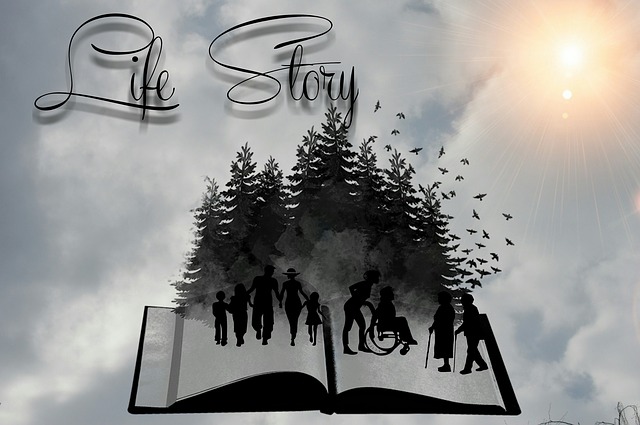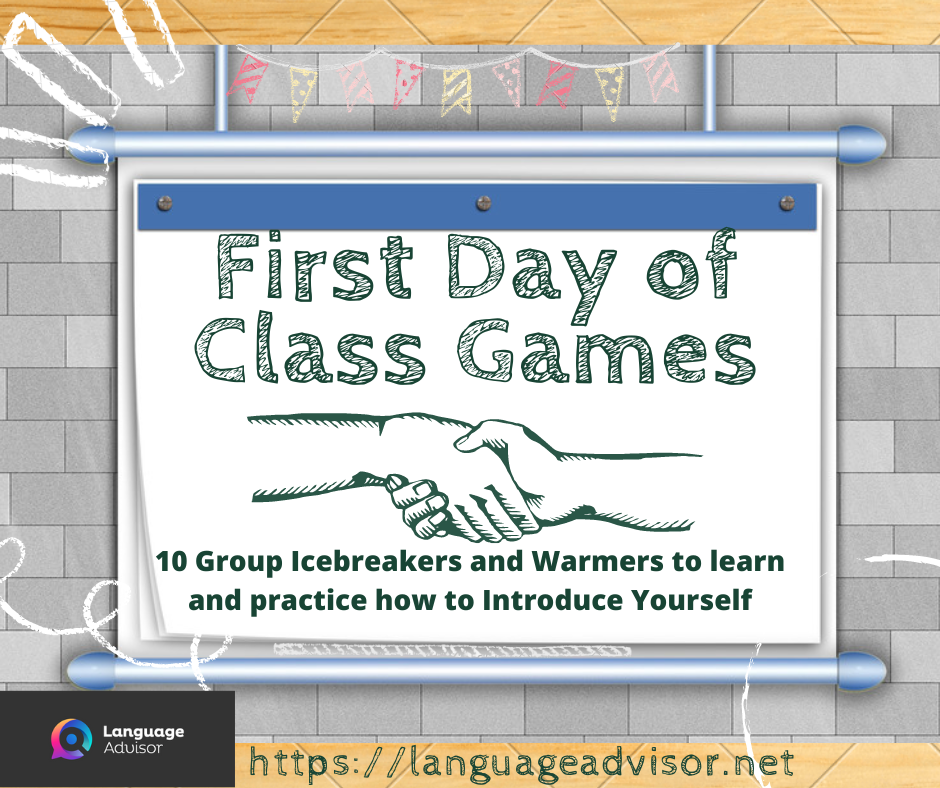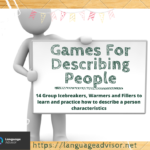First Day of Class Games. 10 Group Icebreakers and Warmers to learn and practice how to Introduce Yourself in all languages for all ages.
First Day of Class Games
First Day of Class Games
These icebreakers and warmers are ideal for making introductions and helping students get to know each other.
It is important to have a collection of such short activities to help structure your lessons.
Sometimes, the best way for students to try something new is through a game. Games keep learning fun and lighthearted and can make it easier for students to take risks. These games will go a long way toward easing introductions.
Effective Icebreakers and warmers have 5 basic features:
- They are short (ideally 5-10 minutes only).
- They are fun and engaging.
- They are simple to explain.
- They require little preparation.
You can teach a student a lesson for a day, but if you can teach him to learn by creating curiosity, he will continue the learning process as long as he lives.
~
Clay P. Bedford

These icebreakers and warmers are ideal for making introductions and helping students get to know each other.
First Day of Class Games
WHAT DO OUR NAMES MEAN?

W hen introducing ourselves, a good first day activity is to give the meaning of our names (as well as the spelling and pronunciation as necessary). Many students will know their names’ meanings, and most people enjoy discussing their names. Those students who don’t know theri names’ meaning may be inspired to find out by the next class.
This is a valuable activity beacuse it provides speaking and listening practice as students discuss their names. In addition, it provides extra processing time of each name, increasing the likelihood it will be remembered.


CATCH THE BALL
Take a small ball and throw it to your students one by one. Ask them to catch it saying “catch the ball”. Then once they have it they can start talking about themselves.
It is for very beginning level depending on the targeted language.


QUESTIONS WARMER
Take a deck of small cards and write questions on your students (different types and topics depending on their level). Then ask your students to take some of them without looking at the questions. They should try to answer their questions in turn.
This is a nice warmer as it helps to know each other better. Your students are going to like it a lot.

CHAT SHOW WARMER

Great for group of strangers, this activity avoids the dreaded pain of introducing yourself.
Procedure
Get the group to pair off and take turns in being a chat show host and guest. The chat show host ha to find out 3 interesting fact about their guest.
Switch the roles and repeat. Bring everyone back to the big group and ask them to present briefly the 3 facts about their guest to the group. Go round the group randomly so people are less aware of their turn coming up next and panicking about it.
Watch timing on this activity as it has a tendency to go on too long if your group likes to chat too much.

SPEED DATE YOUR CLASSMATES

The purpose of this activity is to introduce oneself to a large number of people in as short period of time and to get familiar with each other.
Procedure
Tell your students they will spend 2 minutes speed dating five of their classmates. During the two-minute “date”, the students each share information about themselves. After 2 minutes they can move to the “next date”

FUN FACTS ABOUT ME

This activity serves as a good way for the class to get to know each other as it’s easier to remember people when connecting something unusual to them.
Procedure
On the first day of class, have your students fill out a profile on a 3″x 5″ card. Along with their name, have them list one interesting fact about themselves. E.g. I play the piano.
You may then go around the room and have your students share their interesting facts with each other and your students may follow up with questions of their classmates about their interesting facts. They may even ask you to share an interseting fact about yourself.

MY CLASSMATE’S BIOGRAPHY

This activity is a valuable exercise as it gets the students to know each other while practicing speaking and writing skills.
Procedure
On one of the first days of class, have students interview each other in pairs and then write short one paragraph biographies of their classmates.
You should start your lesson discussing with your students the kind of information that should be in a biography, such as name, age, nationality, occupation, etc. You might want to pass out your biography as a sample and discuss culturally sensitive information (such as age) and if your students want to include that information or not.

PAIR INTERVIEW

Students interview their classmates and then introduce them to the class.
E.g. This is my friend, Richard Moore, he lives in England…”
It’s a very simple activity but the variations can be very funny.
Procedure
Have your students interview each other and explain to the class the following topics: their day, their favourite book and magazine and why, their favourite food, a memorable vacation…

SIMILARITIES

This game is another great activity to get the students to know each other. It requires no preparation.
Procedure
Ask your students to ask each other questions until they find out 3 things that they have in common. They must be things that are not obvious, such as “blak hair”.
It is easy to model this activity interviewing first some students until you find 3 things that they have in common with you.

TRUE OR FALSE

Ask your students to think of three sentences: two are facts and one is a lie. One by one, students introduce themselves and say their sentences. The rest of the class has to guess which one is a lie.
You might go first to help them out.

First Day of Class Games
Here are some first day of class activities you can find on Language Advisor:
RIGHT CLICK TO READ:
First Day of Class Games In English




First Day of Class Games In French


First Day of Class Games In Spanish






First Day of Class Games In Italian

First Day of Class Games In Dutch






